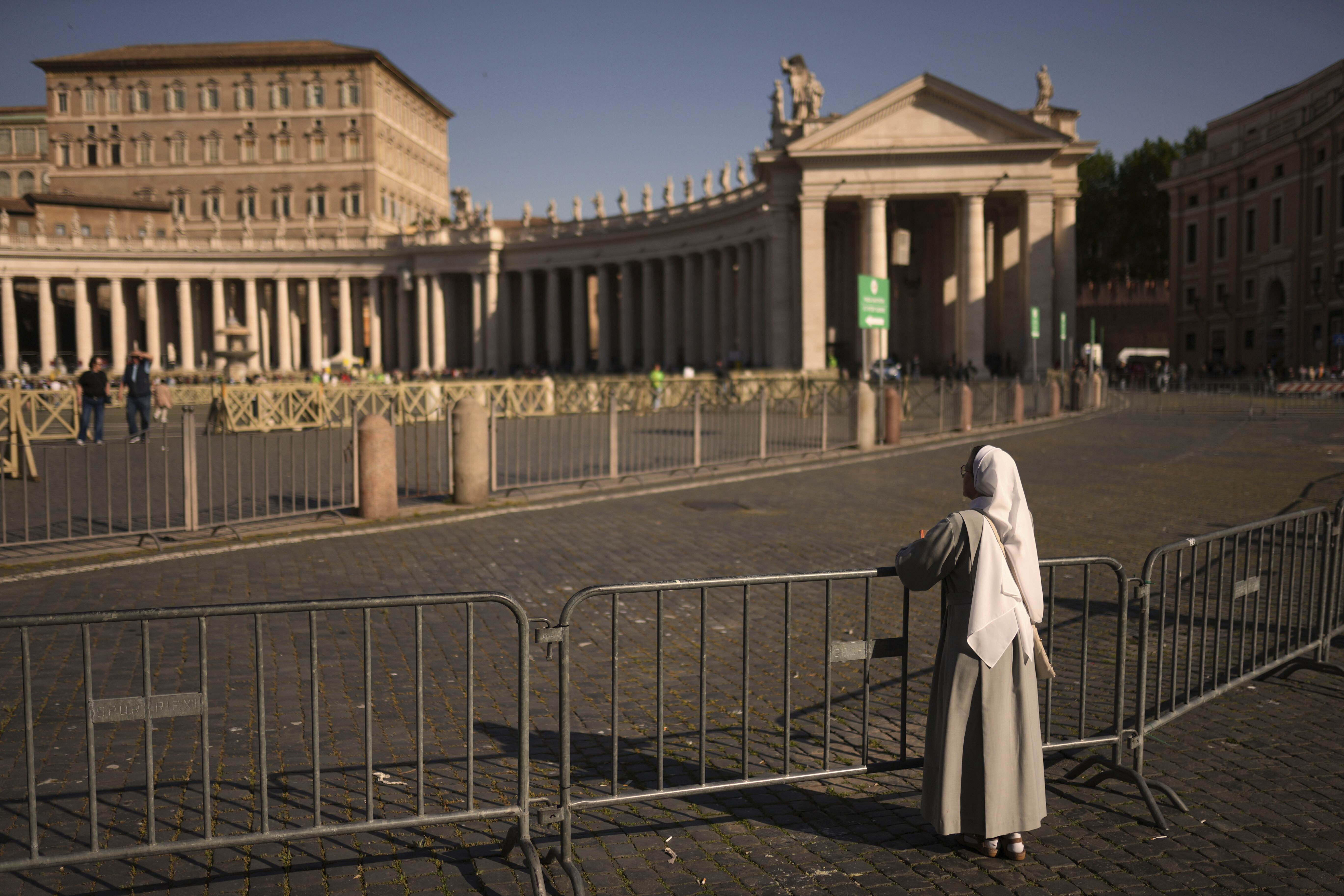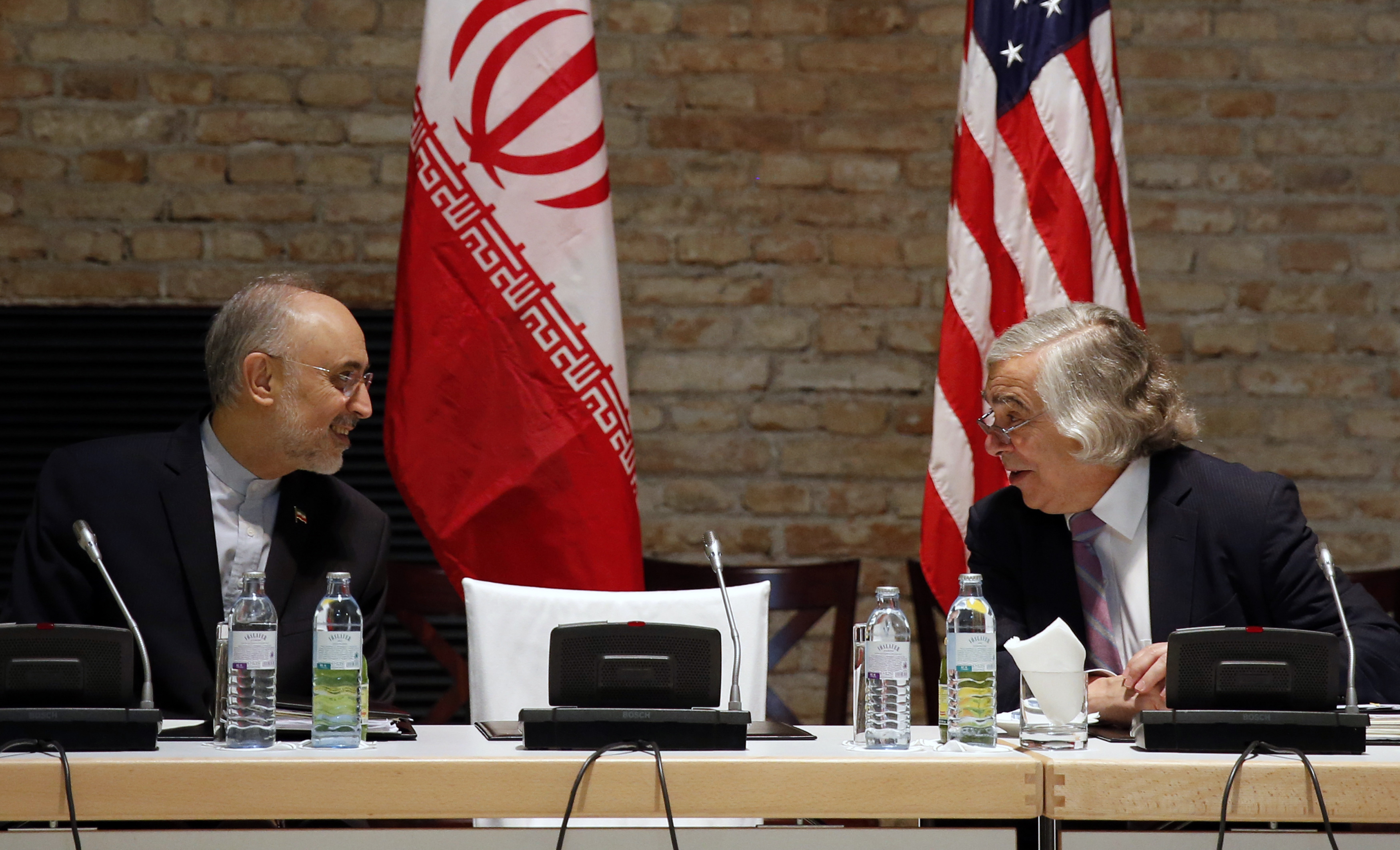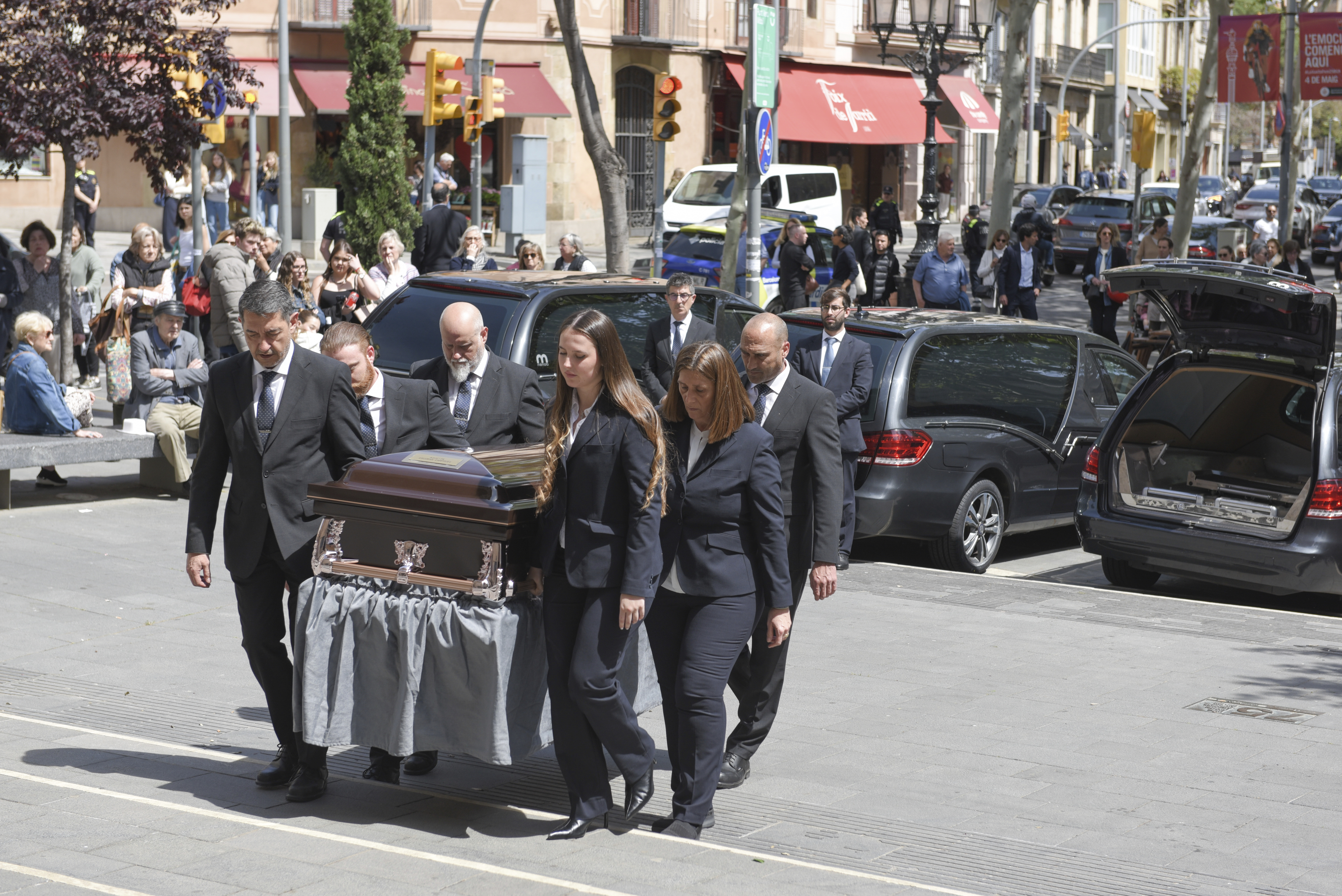FAYETTEVILLE, Ark. — The University of Arkansas is searching for patterns in U.S. terrorism as part of federally-funded research.
The university’s Terrorism Research Center has begun the American Terrorism Study, a three-year project funded by a $716,000 National Institute of Justice grant. The study includes about 575 U.S. terrorism-related occurrences or planned occurrences that were never carried out, in addition to about 4,300 “precursor events,” the Arkansas Democrat-Gazette reported .
Researchers have been using statistical methods to find patterns on factors like distance traveled by plotters to target sites, said Grant Drawve, a data analyst and assistant professor in the university’s sociology and criminology department.
“If they’re choosing to go to a certain place, something for them has reasoning for that,” he said. “And can we find patterns across different incidents for that?”
The data analysis method is called Risk Terrain Modeling, which Drawve said involves “trying to diagnose those physical features of the environment that correlate or relate to criminal activity.” Such features can include convenience stores, vacant lots, liquor stores or parks.
“What I like about RTM is that they ask ‘the why’ question of why crime might be occurring at a particular place and then offer solutions that try to fix the environmental risk factors that address the ‘why,’” said Andrew Ferguson, a professor at the University of the District of Columbia law school. “This is different than other predictive policing technologies that do not focus on understanding what the data is telling them.”
Drawve said researchers hope to eventually predict some attacks by developing a data-based model to map and find commonalities of terrorism in the U.S. He also said the study could help identify places and buildings that need the most protection.



















